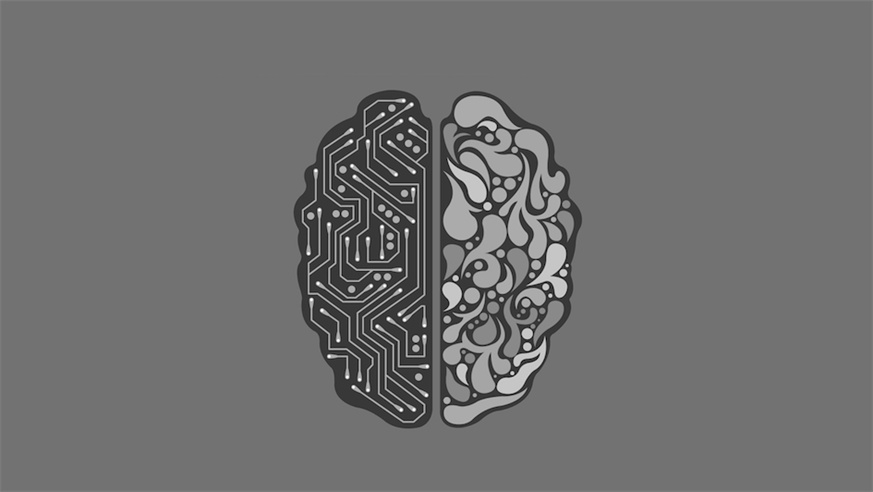
Image from Pixabay. License CC 0.
Evolution is responsible for all life as we see it today. The problem is, evolution is also responsible for diseases such as cancer, and unpicking how cancer evolves is no mean feat.
Our DNA code holds the key to understanding how evolution works. Why? Think of giraffes, for example. How did they evolve such long necks? Thousands of years ago, they used to have shorter necks. At some point, giraffes with changes in their DNA code that resulted in long necks started appearing. Those with longer necks were able to reach more trees, obtaining more food and surviving longer. This improved their fitness, and gave them enough time to reproduce and pass on those genetic changes to future generations.
This is evolution in action. The DNA changes that grant advantages are selected and passed on to future generations.
Cancer cells found in tumours also evolve in this way. They compete with each other for resources like space, glucose and oxygen. If one cancer cell develops a genetic change that increases its fitness compared to the others, allowing it to take greater advantage of resources, it will grow faster than other cells lacking the genetic change. Certain genetic changes can also lead to drug resistance, which can really complicate treatment.
Many cancer patients respond to treatment initially, when they receive it for the first time. However, resistance develops and treatments stop working once cancer cells acquire DNA changes that enable them to avoid or block cancer drugs. At this point, Darwin’s survival of the fittest becomes the survival of the nastiest. Development of resistance is one of the major causes of treatment failure in cancer. For this reason, studying cancer evolution today is crucial, as it helps predict response to treatment and stop drug resistance.
We are building a new state-of-the-art drug discovery centre to create more and better drugs for cancer patients. The centre is a £75m project – and we now have less than £14m to raise. To make our building a reality, we urgently need your support.
Donate now
The role of genetics, maths and AI
DNA sequencing technologies, which look at the DNA code in great detail to decipher it, are very useful when studying cancer evolution. This sequence data from thousands of patients can highlight similarities between cancers, which can lead to the identification of treatment groups. The data can also reveal differences between cancer cells found in the same tumour, or between healthy cells and cancer cells. This can provide clues as to how, when and why the cancer evolved, and most importantly, what scientists can do to stop it.
By combining advanced DNA sequencing technologies with AI, maths, and evolutionary theory, scientists can study tumour evolution in detail. Using machine-learning algorithms, they can measure DNA changes and detect patterns in evolving cells over time.
The ICR’s Dr Andrea Sottoriva, who will be the Deputy Director of Cancer Evolution in our new Centre for Cancer Drug Discovery, is combining these approaches to study new tools that may be able to anticipate how cancer cells change. In other words, his team aims to understand cancer as a complex system driven by evolution – in order to use cancer’s survival instinct against itself.
Dr Sottoriva and the other scientists who will be working at our new Centre for Cancer Drug Discovery will play a crucial role in driving a new era in cancer treatment. Their research to understand and overcome cancer evolution could help us stay one step ahead of cancer, and could lead to new ways to combat cancer drug resistance.
Predicting cancer's response to treatment
Dr Sottoriva, who recently published a review about the study of cancer evolution in the journal Annual Review of Genomics and Human Genetics, said:
“Using AI and maths, we are starting to be able to predict cancer’s response to treatment.
“One of the approaches my team at the ICR has pioneered is what we call ‘evolutionary herding’, where we encourage cancer to evolve in a certain direction in response to a treatment. To do this, we first select an initial drug treatment that we know makes cancer cells adapt in a way that makes them highly susceptible to a second drug, forcing them into an evolutionary dead end. When we hit with the second drug, all or most of the cells should be eliminated. This could be repeated with a third drug until the patient is cancer free.
“We have a lot of research to do in this area to find out which drug combinations work best and in which patients, but we believe this could help us overcome the challenge of cancer evolution and be applied to patient care in the near future.”
comments powered by